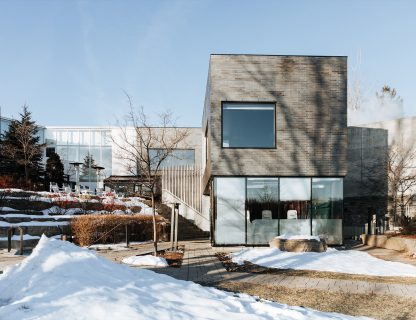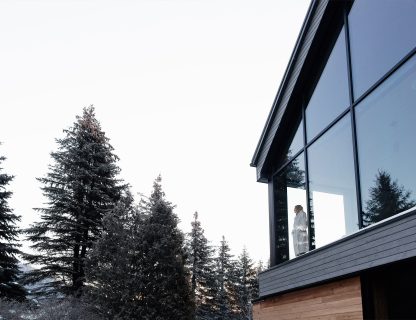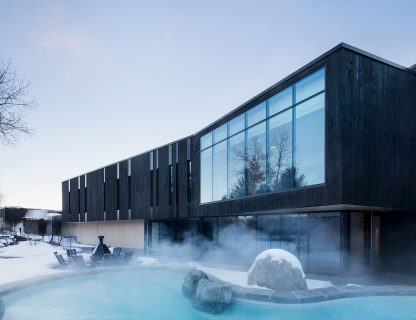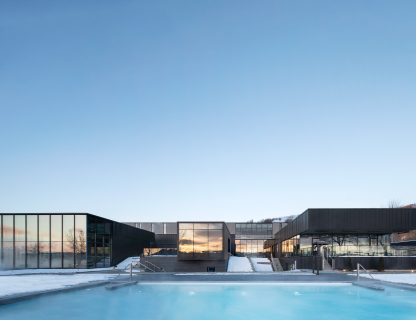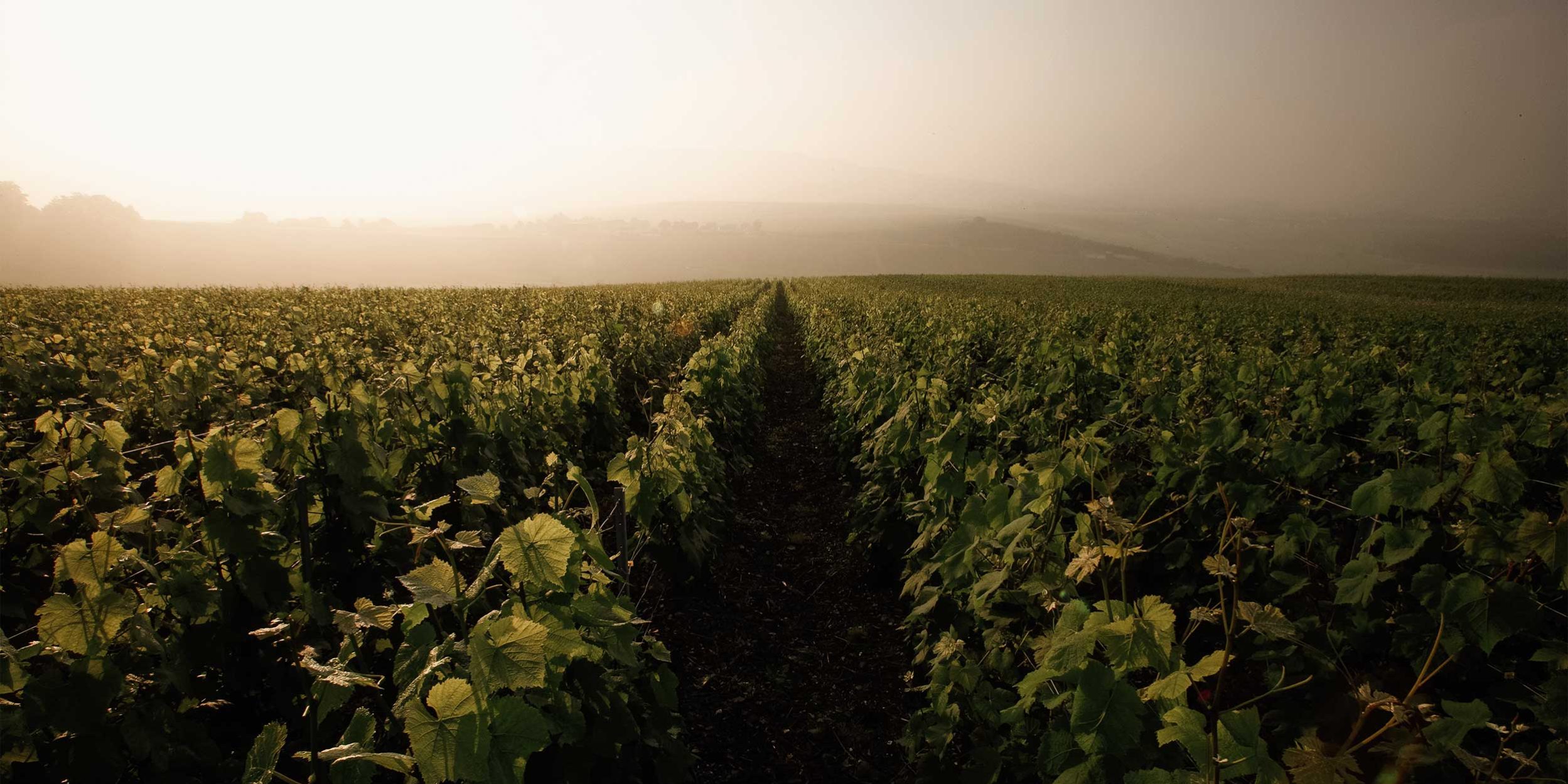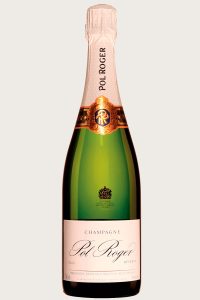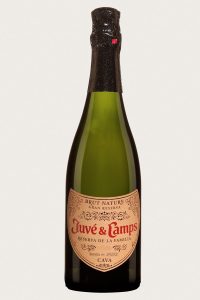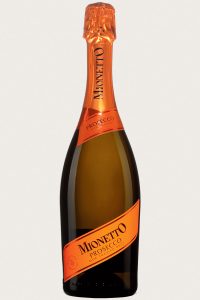DEMOCRATIZING THE BUBBLE — There is a sparkling wine for every taste and every price. Understanding what you are buying is the key element that will allow you to make the right choice. Champagne, prosecco, or pét nat (naturally sparkling)…they all have one basic element in common: they contain carbon dioxide. What sets them apart is the way that this gas is obtained, and to do this, there are four main production methods.
THE TRADITIONAL METHOD
This approach involves bottling a still wine (without bubbles) to which yeast and sugar is added. The combination of these two elements triggers a second fermentation, since under the effect of the yeast, the sugar transforms into alcohol and carbon dioxide. We then end up with bubbles trapped in the bottle. Several appellations use this production method, and at the top of the list is champagne, which, in terms of sparkling wine, is undoubtedly the best known. It is also the very first to have been developed in a defined region—that is, in Champagne, of course! This is where we get the expression, “it’s not champagne unless it comes from Champagne.” Indeed, it is impossible for other sparkling wines produced anywhere else on the planet to bear this prestigious name. In addition to using the traditional method, a champagne must be aged on lees for at least 15 months, a figure that rises to 36 months in the case of vintage wines (which mention the year). After aging, a dosage liqueur (mixture of wine and sugar) is added to adjust the final sugar content of the product, and the bottle is permanently corked.
Other appellations also use this method. This is the case with Crémant, which may come from eight different regions of France (Alsace, Bordeaux, Burgundy, Die, Jura, Limoux, Loire, and Savoie), and which must be aged on lees for at least 12 months.
The famous Cava appellation from Spain also produces sparkling wines using the traditional method, which must be aged for at least nine months. Recently, this appellation, 90% of whose wines come from Catalonia, but which covers the majority of Spain, has adopted new regulations. These highlight the geographic origin of the wine by defining four production zones and two sub-zones. The introduction of a qualitative denomination now makes it possible to differentiate Cavas according to their aging time: those aged for more than nine months are recognized with the label Cava de Guarda, while those aged for more than 18 months are referred to as Cava de Guarda Superior. Several other regulations highlighting vintage, organic practices, and traceability have been put forward in this long-awaited reform.
Franciacorta is another sparkling wine produced using the traditional method. This appellation from Lombardy, in northern Italy, is a little less known to us and requires aging on lees for at least 18 months. And the map of traditional-method sparkling wines doesn’t stop there! There are many other countries that produce them, such as South Africa, Australia, Argentina, the United States, Germany, Austria, and even Quebec, to name just a few.
THE SEALED TANK (OR CHARMAT) METHOD
Much like the traditional method, this process is based on the principle of a second fermentation. In this case, this is done in tanks that are specially designed to withstand the pressure created by the carbon dioxide, instead of being done in bottles. As the name of the method suggests, these tanks are hermetically sealed to preserve the gas. When the wine is ready, it is transferred into bottles. The greatest ambassador of this method—and by the same token, the best-selling sparkling wine in the world—is prosecco.
THE RURAL (OR ANCESTRAL) METHOD
As its name suggests, this production method is the oldest in the world and the result of a single fermentation. There are several variations of this method, which all have one thing in common: not using any sugar other than that which is naturally present in the grape. The fermentation of the wine begins in the tank and is then deliberately stopped by sufficiently lowering the temperature of the liquid. The wine, which still contains yeast and sugar, is transferred into bottles, where the fermentation completes and the carbon dioxide is trapped. Blanquette de Limoux and pét nat are two representatives of this method.
THE CARBONATION METHOD
The principle here is to add CO2 to a wine, whether it is in a sealed tank or a bottle. In a sense, this technique is a shortcut that makes it possible to obtain sparkling wines faster and at a lower cost. However, the bubbles are coarser, and consequently, the wines are less refined.
good to know
Unique fact: sparkling wines are the only wines, except for a few anecdotal cases, which blend red and white grape varieties to make white wine. In this case, we are talking about a blanc de noirs. On the other hand, if all the varieties used are white, we are talking about a blanc de blancs. Another unique fact: it is only for sparkling wines that the blend of red and white wine is authorized to produce rosé.
The pressure inside a bottle of champagne is five to six times stronger than it is outside. This explains why the glass of the bottles is so thick and why they have a concave base, which allows for a better distribution of the pressure. With a pressure that allows the cork to escape at a speed of 50 to 60 kilometres per hour, it’s best not to be in the line of fire! To uncork a sparkling wine in an elegant way, you should avoid the characteristic “pop” noise. To do this, hold the cork firmly with one hand and turn the bottle with the other. Each glass of sparkling wine has the potential to generate a million bubbles! But if the glass were immaculate at the molecular level, none would form. The imperfections and microscopic dust allow the bubbles to emerge at a rate of 20 per second, then rise to the surface at a speed of five kilometres per hour.
POL ROGeR BRUT, CHAMPaGNE
51953 — $65.50
This is a Champagne house renowned for the consistently high quality of its wines and which, incidentally, was Winston Churchill’s favourite. Thirst-quenching and well-balanced, the Brut, the house’s entry-level offering, is aged in tanks for 36 months. The bubbles are fine, and the wine is marked by aromas of brioche. A great classic!
JUVÉ Y CAMPS , BRUT NATURE
RESERVA DE LA FAMILIA 2017, CAVA
110654948 — $22.80
Juvé y Camps is a century-old estate in the Penedès region of Spain. This vintage, made from a blend of Xarel-lo, Macabeo, and Parellada, local varieties, is a brut nature, which means that no dosage is carried out following the second fermentation. Aged for three years on lees, the result is fresh, creamy, and very dry, with aromas of apple and citrus. You can’t ask for better for the price!
MIONETTO , PROSECCO DOC TREVISO
13031244 — $17.05
This prosecco appeals to me due to its classic side, simplicity, and versatility. It is reminiscent of yellow apple, peach, and honey. It will be perfect as an aperitif with your favourite plain potato chips, as a spritz, or at brunch in a mimosa!
